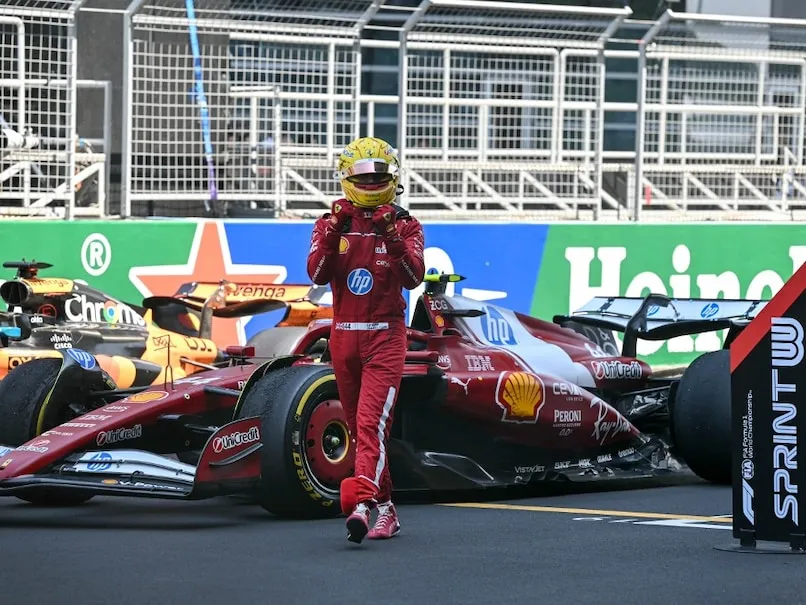The FIA summoned two teams before the stewards at Suzuka due to alleged practice infringements during the second practice session, carried out by Lewis Hamilton and Lance Stroll.
Ferrari and Aston Martin summoned before stewards
Ferrari was off to the stewards’ office once again, following its double disqualification from the Chinese Grand Prix last time out.
While there was no chance of a similar punishment being meted out for a transgression during practice, the Scuderia did have to explain itself once again after one of its cars committed an alleged breach during practice.

The FIA summoned Ferrari over an alleged breach of Article 12.2.1 i) of the International Sporting Code (ISC) and non-compliance with the Race Director’s Event Note (item 11, document 4), related to a practice start carried out by Lewis Hamilton.
“Car 44 [Hamilton] overtook several cars in the Fast Lane whilst traversing the Working Lane to the Practice Start Area,” said the stewards, who handed a warning to both Hamilton and Ferrari for the incident.
For Aston Martin, the team was summoned for the same alleged breach regarding non-compliance with the Race Directors’ notes. With Fernando Alonso out of the session at the time noted on the documentation, the transgression was over a practice start for Lance Stroll immediately following a red flag stoppage as he took up position at the end of the pitlane by overtaking queuing cars.
He and Aston Martin were given the same warnings by the FIA stewards.
Article 12.2.1.i of the International Sporting Code outlines that competitors must follow the instructions outlined by the Race Director for specific events, meaning both drivers and teams were in breach of the ISC and the Race Directors’ notes.
What does the Race Directors’ note say?
Item 11 of the Race Directors’ notes describes the procedures drivers must abide by when it comes to heading out on track during practice.
“Any car(s) driven to the end of the pit lane prior to the start or re-start of a free practice session, qualifying session must form up in a line in the fast lane and leave in the order they got there,” states the guideline.
“It is noted that a car will be considered to be “in the fast lane” when a tyre has crossed the solid white line separating the fast lane from the inner lane – in this context crossing means that all of a tyre should be beyond the far side, with respect to the garages, of the line separating the fast lane from the inner lane.
“For the avoidance of doubt, ISC Appendix L, Chapter IV, Article 5b) states that: ‘Once a car has left its garage or pit stop position, it should blend into the fast lane as soon as it is safe to do so, and without unnecessarily impeding cars which are already in the fast lane.
“Thus, after the start or re-start of a free practice session, qualifying session, if there is a suitable gap in a queue of cars in the fast lane, such that a driver can blend into the fast lane safely and without unnecessarily impeding cars already in the fast lane, they are free to do so.
“Furthermore, it is noted that during a free practice session and qualifying session a car driving in the inner lane, parallel to the fast lane, will not be considered to have blended into the fast lane at the earliest opportunity.
“Additionally, ISC Appendix L, Chapter IV, Article 5d) states that: Cars in either the fast lane or working lane may not overtake other cars in the fast lane except in exceptional circumstances.
“In this context, a “stopped car” is one which has an obvious mechanical problem.”





